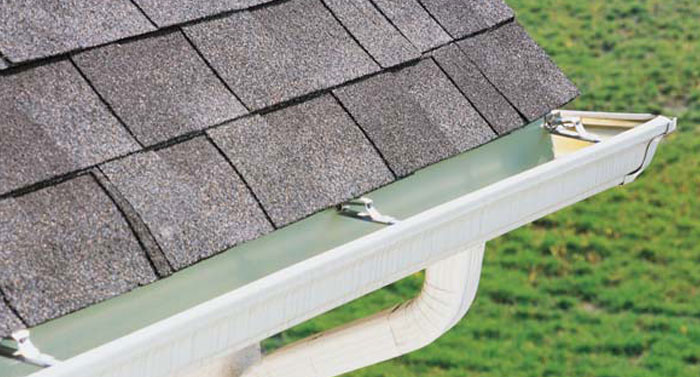The common habitat of Japanese knotweeds is sunny and moist areas. Therefore, they would usually grow in roadsides, gardens, riverbanks, and lawns. All it takes for the weed to spread is when one fragment of the root is dumped into a pile of soil or fill in an unsuspecting yard, the next thing you’ll know is that it’s already gaining space in the property.
Before you know it, this pesky plant would already be towering over the other plants in your yard. So, if your home already has a patch of knotweeds, it would be a good idea to eradicate them as soon as possible. In this article, we would be teaching you how you can get rid of Japanese knotweeds at home.
4 Ways of Getting Rid of Japanese Knotweeds
There aren’t many available methods on how to remove japanese knotweed, but they aren’t easy to deal with either. Therefore, you should consider trying all kinds of ways on how you can get rid of this pesky weed.
Here are four ways that you can do to remove the invasive weed off your lawn:
- Smother the Weeds with Tarp
Covering the growing Japanese knotweeds with a tarp during spring season could help suppress its growth, giving you an advantage in eradicating the weeds. So, make an investment on poly or plastic tarps that are large enough to cover the patch of weed. Before covering the plant with a tarp, cut first the old canes to prevent them from puncturing the tarp.
- Use Herbicide
Another way that you can do to remove knotweeds is by killing it by using herbicides. We recommend that you use a glyphosate-based product like Landmaster, Roundup, Pondmaster, Gallup, Rodeo, Touchdown, and Ranger. The Glyphosate-based herbicide would be mixed with water and sprayed on the weed’s leaves. However, you can also inject the mixture into the weed’s canes.
- Cutting and Digging Up the Plant
If you don’t have enough time in getting rid of the weed at your home, you could try suppressing it throughout the summer by cutting it back. This way, the knotweed’s photosynthesis wouldn’t operate at a high rate. Since the cuttings could sprout new roots, pick up the ones you have cut and seal them in a plastic bag.
However, when you cut down the Japanese knotweeds, you should consider injecting the canes with herbicide to kill the plant up to its roots. Once you have enough time in your hands, you should try digging the plant up to its roots to prevent them from sprouting up again.
- Hire a Professional
When it comes to the point where the weeds are hard for you to remove alone, you might want to consider hiring a professional that could help get the plant off your property. This way, you won’t have to sacrifice your time off of work, or you can still do your chores at home while leaving your weed problems to the professionals.
Conclusion:
If there are signs of Japanese knotweeds in your property or somewhere near your building, you should immediately seek for treatments and make research about your state’s policy about these weeds. Some countries and states have a rule about getting rid of these plants, except if the weeds are in your property.




